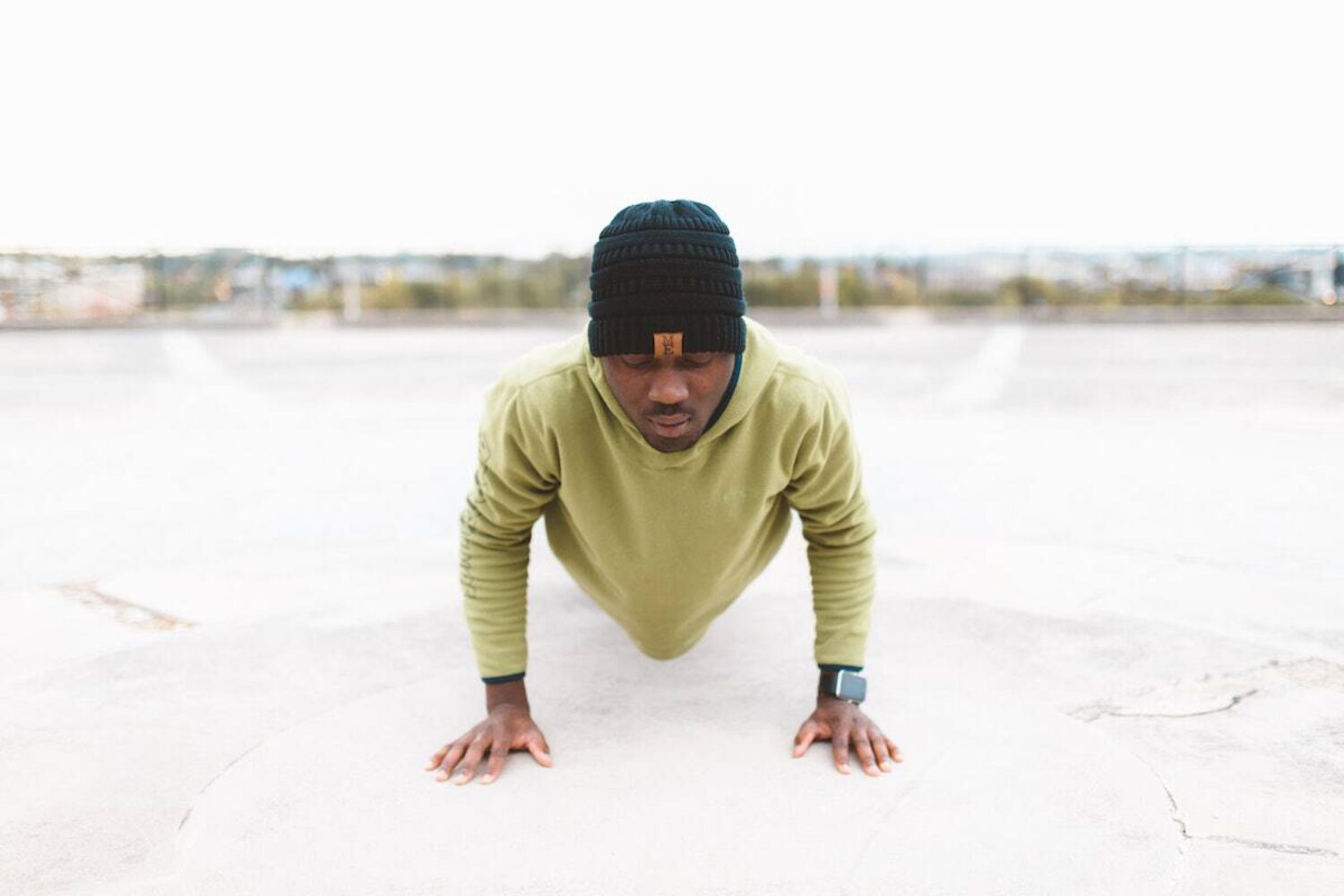How much should I exercise, and how can I keep it up? Health experts Carol Maher and Ben Singh, from the University of South Australia, weigh in to help you form healthy habits
We’ve all heard those people who say “running gives you a high” or “exercise is addictive,” but for many of us, it’s hard to love exercise. Some might even say they hate it, dread it, or the thought of going to the gym gives them anxiety.
Why do some of us hate exercise? And how can we overcome this to reap the lifesaving benefits of getting the body moving?
Humans didn’t evolve to ‘exercise’
Throughout most of human history, food was scarce and being active wasn’t a choice. For millennia, humans had to move to find food, and once they were fed, they rested to conserve energy, because they didn’t know where their next meal was coming from.
So, if you have the urge to sit down and watch Netflix rather than going to the gym, you might take solace in the knowledge that resting is a natural human tendency.
Having said that, our 21st-century lifestyles involve far too much sitting and resting. With technology, cars, and other labour-saving devices, moving is no longer necessary for daily survival.
Yet, being physically inactive is terrible for our health. A meta-analysis published in prestigious medical journal The Lancet found physical inactivity is associated with a 30-40 per cent increased risk of colon cancer, 30 per cent increased risk of breast cancer, 20-60 per cent increased risk of type 2 diabetes, and a 30-50 per cent higher risk of premature death, compared with being physically active.
- Read more: How to boost your immune system
So how much physical activity do you actually need? In Australia, it’s recommended that adults (aged 18-65) get at least 150 (though preferably 300) minutes of moderate-intensity physical activity each week. Moderate intensity exercise might be a brisk walk, light cycle or mowing the lawn.
If you are willing to do vigorous physical activity, you only need half that (75-150 minutes per week). Vigorous activity is anything strenuous enough that you would struggle to have a conversation: jogging, or running around playing a sport like footy or tennis.

Adults are advised to do at least 150 minutes of moderate-intensity exercise a week: Image: Sam Owoyemi
A variety of activity types are encouraged since different physical activities entail different benefits. Muscle-strengthening exercises, like lifting weights or doing push-ups, are encouraged twice a week, to keep bones and muscles strong.
If that is all starting to sound too complicated, rest assured that any exercise is good for you. You don’t have to achieve the physical activity guidelines to benefit from physical activity.
10 science-backed tips for getting motivated
According to psychologists there are two main types of motivation: extrinsic and intrinsic motivation. Intrinsic motivation arises from within – doing something for the personal reward or challenge of it. Extrinsic motivation comes from external factors, like trying to earn a reward or avoid a punishment.
You can boost your intrinsic motivation by identifying why exercising is important to you.
1. Identify your ‘why’
Do you want to exercise for your health? Is it for your kids? Is it for how working out makes you feel? Exercise has long-term benefits for health and function, flow-on benefits for your children, and immediate effects on mood and vitality. Being clear in your mind about what you want to gain from exercising, can help prompt you into action.
2. Exercise with friends
You’ll be more likely to follow through, as you won’t want to let your friend down. Also, research suggests people exercise for longer when they exercise with family members and friends compared with those who exercise alone.
3. Offer conditional rewards to yourself
Reward yourself with a new piece of clothing or shoes you’ll enjoy exercising in. Be sure to make the reward conditional on doing a certain amount of exercise, so you have to earn it.

Team sports are a great way to keep in shape. Image: Emilio Garcia
4. Get an activity tracker
Fitness trackers have a host of features designed to boost motivation, such as prompts, self-monitoring and goal-setting. There is a plethora of research suggesting activity trackers increase physical activity
5. Exercise at the same time each day
Research suggests exercising in the morning leads to faster habit formation compared with evening exercise.
6. Do an activity you enjoy
Starting a new exercise habit is hard enough. Increase your chances of sticking with it by doing an activity you find enjoyable. Also, you may exercise at a higher intensity without even realising it, if you are doing a form of exercise you enjoy. If you hate running, don’t do it. Go for a long walk in nature.
7. Start small
Leave yourself wanting more, rather than overdoing it. You’re also less likely to feel sore or injure yourself
8. Get a pumped-up playlist
Listening to upbeat music improves mood during exercise, and reduces perceived exertion, leading to increased work output. These benefits are particularly effective for rhythmic, repetitive forms of exercise, such as walking and running.

Not a fan of running? That's fine, regular walks in nature will also keep you fit. Image: Jon Flobrant
9. Take your dog for a walk (or someone else’s)
Dog-walkers walk more often and for longer than non-dog walkers, and they report feeling safer and more socially connected in their neighbourhood.
10. Make a financial commitment
Behavioural economic theory recognises humans are motivated by loss aversion. Some commercial websites have harnessed this for health by getting people to make a ‘commitment contract’ in which they pay a financial deposit that is forfeited if the health behaviour commitment is not met. This approach has been shown to improve physical activity, medication adherence and weight loss.
Be patient with yourself, and keep the long game in mind – it takes around three to four months to form an exercise habit. After that, the intrinsic motivators take over to keep your exercise routine going. Who knows, maybe you’ll be the one hooked on exercise and inspiring your friends and family a few months from now.
Carol Maher is professor of the Medical Research Future Fund at the University of South Australia. Ben Singh is a research fellow at the University of South Australia.
This article is republished from The Conversation under a Creative Commons license. Read the original article.
Main image: EV
![]()





